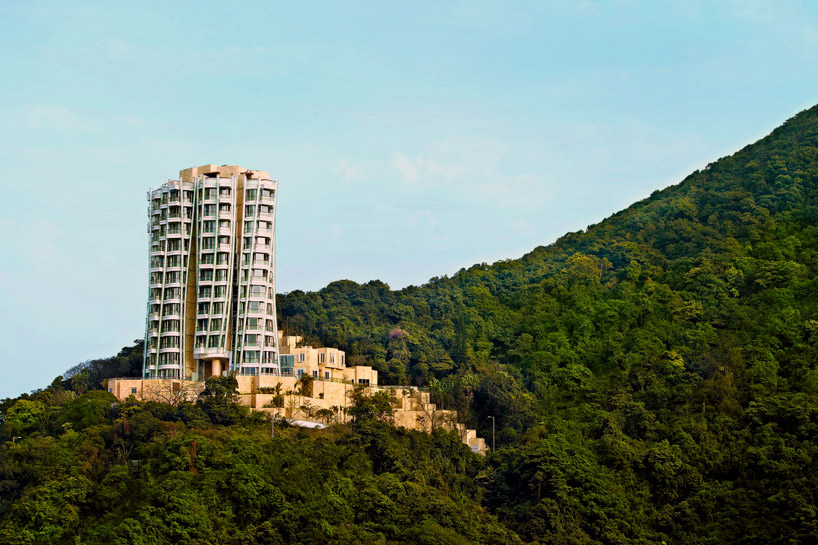How many houses are there in Singapore? Or in Hong Kong? A Straits Times article comparing Hong Kong's and Singapore's property markets are answering these questions as well as others. Here is the comparison:
Singapore
Singapore's population is 5.2 million and 82 percent of the people of the city state lives in public housing flats known as HDB (Housing Development Board in short). There are currently around 1.27 million houses in Singapore. Of these, 1.01 million, or 79.5%, are public housing units and 256,513, or 20.4 percent are private homes. In the current market, a five-room resale flat in Ang Mo Kio (average size of such flats is 1184 sq. feet), a heartland new town located in north central Singapore, is around 620,000 Singapore Dollars. With the median household income of $7,037, price-to-income ratio is around 7.3.
 |
| A 6,755 square foot flat in The Opus in Hong Kong was sold for HK$ 430 million (S$69 M) making it Asia's most expensive flat in terms of square foot price. Photo - designboom |
Hong Kong
52 percent of Hong Kong's 7.7 million population lives in private houses. There are currently around 2.16 million homes in Hong Kong. 51.3 per cent, or 1.11 million of these are private units, 33 per cent, or 728,000 are public rental flats and 14.8% are subsidized government units. Average price of a standard-sized 600 square ft flat is around 4.5 million Hong Kong Dollars ($725,000) and median household income is around 20,200 Hong Kong Dollars. This makes price to income ratio in Hong Kong around 18.6 per cent.
- Properties in both countries are severely unaffordable now with respect to internationally accepted standards (everything above 5% is severely unaffordable) but Singapore is still much better than Hong Kong in terms of affordability. I do not know why the writer gave 5 room flat as example since cheaper and smaller 4 room flats are more common in Singapore.
- Price to income ratio in both countries show that artificially low interest rate environment amid constant money printing in US, Europe and China is artificially creating artificial affordability in these levels for some (Variations in interest rates can mask or magnify structural affordability). When the interest rates goes up in the future, there may be a painful property bubble burst in both countries.
Source : The Staits Times, Hong Kong Property Market : Hand-wringing over sky-high prices, September 6th 2012



No comments:
Post a Comment